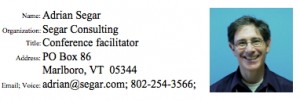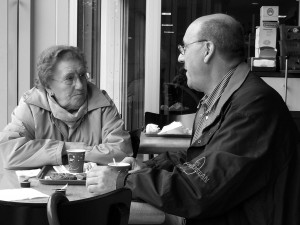Why hybrid events aren’t going away soon
I’m a big fan of hybrid events (events designed to provide a worthwhile experience for both local and remote audiences). But I think Dannette Veale is hankering after those Jetsons flying cars, based on this recent quote:
In the future, says Dannette Veale, global manager of the Cisco Live and Networkers Virtual event, there will be no more live vs. virtual discussions. The two experiences will overlap so completely, that what we now perceive as two separate environments glued together through some “hybrid” sleight of hand will merge into a single, seamless stream of content, entertainment, and engagement that can be accessed from either end of the physical to virtual spectrum…
…In the future, there will be no more hybrid events—a term that implies the cobbling together of two separate realities into one hiccuppy, Frankensteiny, excuse to multi-task. The future of events as Dannette Veale envisions it is one where the learning is über compelling, the engagement is exhilarating, and anyone can participate.
—When there are no More Hybrid Events, by Michelle Bruno, posted January 10, 2011
Optimism
I wish I were as optimistic as Dannette Veale. She predicts that live and virtual will “merge into a single, seamless stream of content, entertainment, and engagement”. It would be great—but it isn’t going to happen any time soon.
It’s the last term, engagement, where I part company with Dannette. Yes, content and entertainment can be easily and effectively streamed now. But engagement, arguably the most important ingredient for a successful event, cannot be created by a single stream and suffers from signal delay issues that are very difficult to overcome.
Effective engagement requires many-to-many channels
Effective engagement amongst remote attendees requires many-to-many channels. If I am a local attendee, I can wander up to a group of people in conversation. I can then listen and engage with anyone present. I can be aware of multiple simultaneous connections and can initiate and switch conversations with ease. However, a remote attendee is restricted to (usually) one or (at best) a few streaming feeds produced at the event site. These feeds are not under remote attendee control. I’m not aware of any hybrid events that provide individual, real-time, two-way AV connectivity to more than a modest number of remote attendees. That’s because the number of streams required increases as the square of the number of participants.
We have a hard time providing a few simultaneous streaming channels now. Let alone the hundreds or thousands needed to effectively match the experience of live attendance at an event. Including a chat room for remote attendees is a pale substitute for the rich real-time interaction that routinely occurs face-to-face.
[2023 update (twelve years after this post was written). We now have platforms for online socials that do a decent—though not yet rock solid—job supporting flexible, fluid, many-group video chat interactions.]
A fishbowl-like alternative
One possible way to live with bandwidth limitations while providing a better remote experience is to develop systems that, while providing a small number of two-way connection channels, dynamically switch the limited channels between attendees who are currently active. This is analogous to the fishbowl group conversation technique I often use at Conferences That Work. At any one time, a limited number of interactions are possible, but the people in conversation can “swap out”, while everyone else watches and listens. Such approaches are still at the research stage. But they still will not create the kind of seamless engagement Dannette implies.
Currently, the best hybrid events do a decent job of providing text-based back channels for remote attendees to comment and ask questions. Remote emcee ambassadors can help to bring these attendees into the room and offer them some compensatory content, e.g. presenter interviews, that the local audience doesn’t necessarily get. But without individual, real-time, two-way AV channels for remote attendees, their experience will always be significantly inferior to that of local participants. I don’t see this state of affairs changing soon.
OK, maybe one day soon we’ll all have rock-solid 1GB+/sec connections to the internet. All at a cost that’s too cheap to meter. (Don’t hold your breath.) Even if this glorious day arrives, however, remote attendees will still face another fundamental problem.
The effect of signal delays on engagement for remote attendees
Anyone who has used the fledgling group video chat services available on the web (e.g. tokbox, tinychat, and, recently, Skype) knows the limitations of these services. [2023 update. Today, Zoom is pretty good!] We can overcome the flaws, like poor video & audio quality and unreliable operation, by providing high bandwidth links and appropriate internet backbones. What is harder to mitigate, however, is the signal delays that video conferencing routinely introduces.
Research has shown that signal delays of less than a quarter of a second can seriously affect both the interpersonal understanding of conversations and the free flow we take for granted when we speak to another person face-to-face. Terrestrial links often suffer delays this large. Satellite circuits require a minimum of .5 seconds for a simple round-trip signal. It’s unlikely that we’ll overcome these limitations soon, except for remote attendees who are close (in channel terms) to the physical location of an event.
Furthermore, though I’m not aware of research in this area, signal delays also mess up our habitual ability to read body language responses (mainly facial). Most people, in my experience, are not consciously aware of how well they can “read” interest, boredom, agreement, and emotions on others’ faces. Body language is telegraphed almost instantly and is hard to mask. When we lose the immediate feedback from experiencing how others around us respond to what we say and do, we lose a highly significant channel for connection.
The report of hybrid events’ death was an exaggeration
The difficulties of providing a comprehensive many-to-many channel experience for remote attendees, when combined with the subtle yet important communication degradations introduced by signal delay will, in my judgment, ensure that hybrid events will be around, live and kicking, for a long time yet. What do you think?
Photo attribution: Flickr user catspyjamasnz

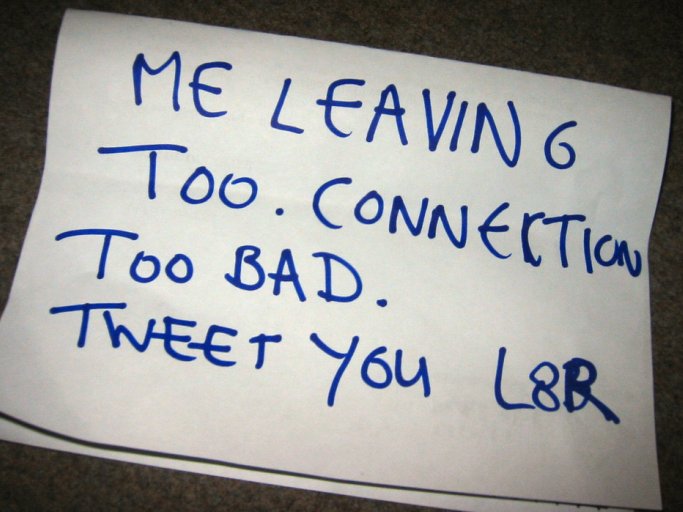


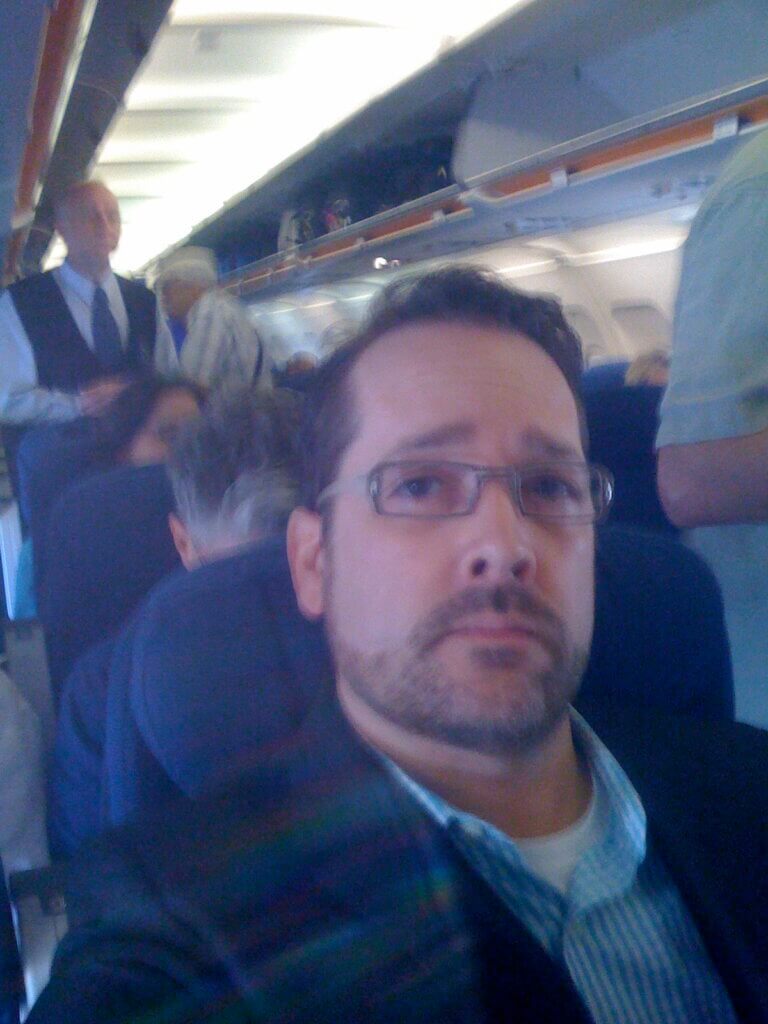 Ah, the stranger on the airplane.
Ah, the stranger on the airplane.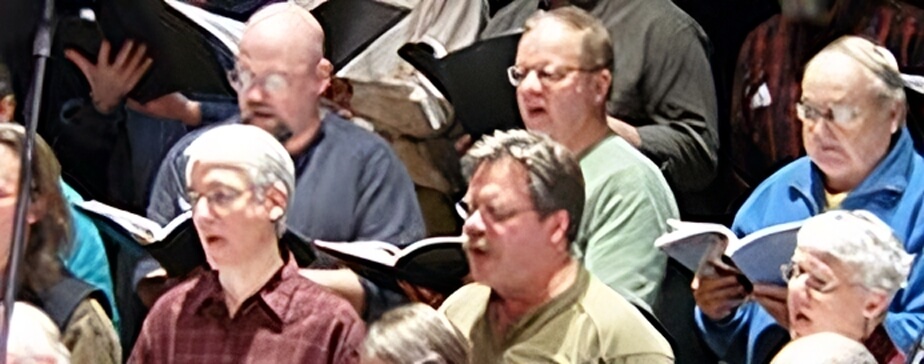 For the last three months, I’ve been rehearsing for the
For the last three months, I’ve been rehearsing for the 